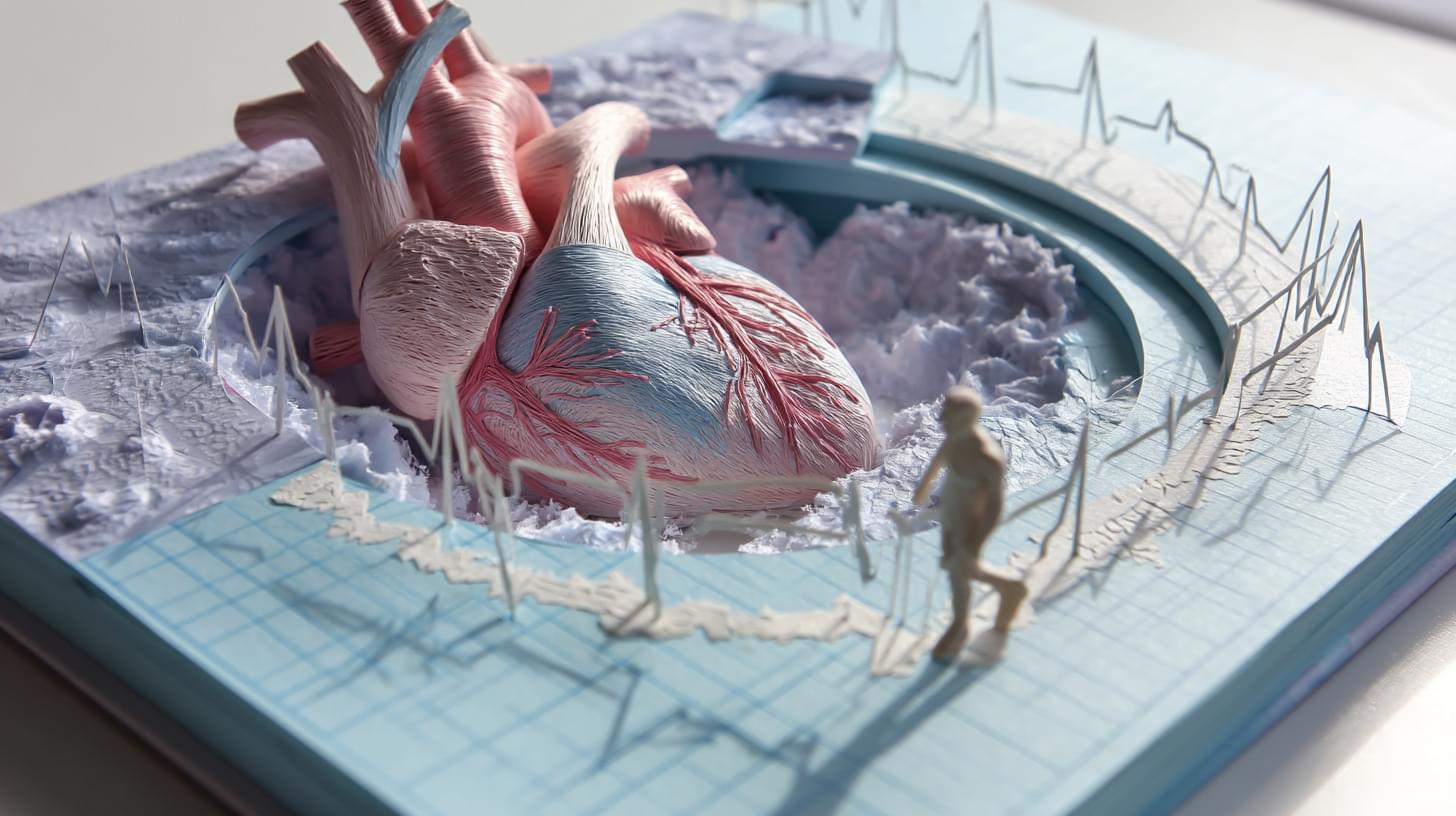Lately, there have been many headlines about scientific fraud and journal article retractions. If this trend continues, it represents a serious threat to public trust in science.
One way to tackle this problem—and ensure public trust in science remains high—may be to slow it down. We sometimes refer to this philosophy as “slow science.” Akin to the slow food movement, slow science prioritizes quality over speed and seeks to buck incentive structures that promote mass production.
Slow science may not represent an obvious way to improve science because we often equate science with progress, and slowing down progress does not sound very appealing. However, progress is not just about speed, but about basing important societal decisions on strong scientific foundations. And this takes time.






